American Chemical Society Recognizes NREL Women at the Forefront of Energy Research
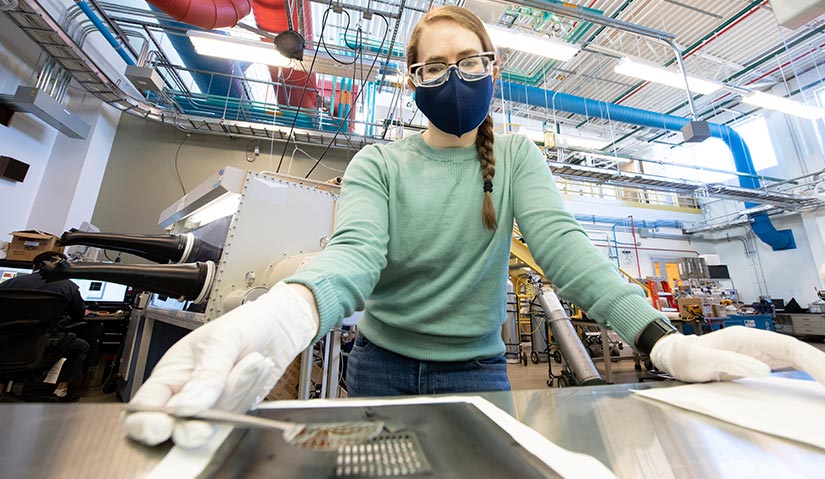
Since 2019, the American Chemical Society (ACS) has published an annual series, titled "Women Scientists at the Forefront of Energy Research," to celebrate the accomplishments of women in the energy science field.
Over the years, ACS has asked over 80 women—including eight National Renewable Energy Laboratory (NREL) scientists—to share their personal stories of what inspires and motivates them, what has led to their success, and what wisdom they would like to share with the next generation of researchers. The latest edition of the series was published last month.
"It is great to see our NREL energy scientists featured by ACS and sharing their passions, motivations, and wisdom," said Nancy Haegel, center director of NREL's Materials Science Center. "There is a common theme in their advice about being open—open to new ideas, people, and opportunities, and to risk, particularly the risk of letting your creativity and passions take you where they lead."
"I'm pleased, though not surprised, to see so many NREL staff featured in the series," Nancy continued. "I think that reflects the visibility of their work and the fact NREL has a mission that fosters creativity and impact. We couldn't have better ambassadors."
Excerpts of their contributions are included below.
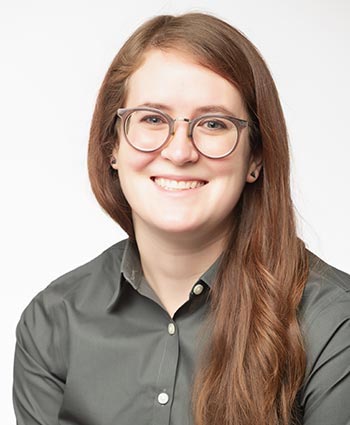
Annie Greenaway joined NREL full time in 2018 as a director's postdoctoral research fellow, after having completed two summer internships at NREL as an undergraduate. She is now a staff scientist in the Materials Physics group, where she works on solar fuels generation and the discovery and development of novel semiconductors.
In her contribution to the ACS Energy series, Annie recalls that when she first began to consider a career as a scientist, she struggled to find a way to combine science with her passion for public service. "I was not sure how to make a difference in people's lives as a scientist," she said.
That changed when Annie joined NREL as a summer intern and discovered the vast array of possibilities for making an impact through science. Her message to young scientists is an encouraging one. "If there is a scientific problem that you feel needs to be answered, do not be afraid to dig into it—we need all the help we can get finding new sources of energy and methods for storage and improving energy efficiency."
Read Annie's full contribution here.
Katherine Jungjohann, Group Manager for Analytical Microscopy and Imaging Sciences
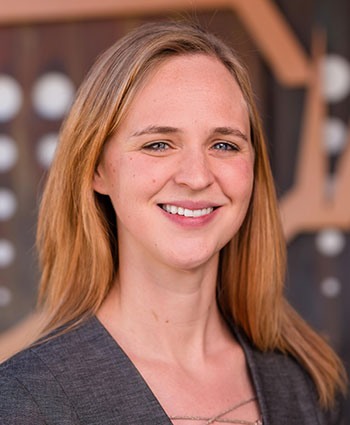
Katherine Jungjohann is a recent addition to NREL's team, having joined NREL in October 2021 as the group manager for analytical microscopy and imaging sciences. Prior to joining NREL, she was at the Center for Integrated Nanotechnologies at Sandia National Laboratories, where her work focused on in situ transmission electron microscopy.
Katherine was featured in the most recent installment of the ACS series. In her contribution, she highlighted the serendipitous successes that have resulted from even the most informal collaborations and conversations. "You never know in advance which casual conversation will prove to be wildly significant as you move forward in your scientific understanding of energy research," she wrote.
She continued, "If I were to offer a key piece of advice, it would be to share resources, listen for good ideas in every conversation, and appreciate the unique insights and experiences offered by all of your colleagues."
Read Katherine's full contribution here.
Annalise Maughan, Interfacial and Surface Science Researcher and Assistant Professor of Chemistry
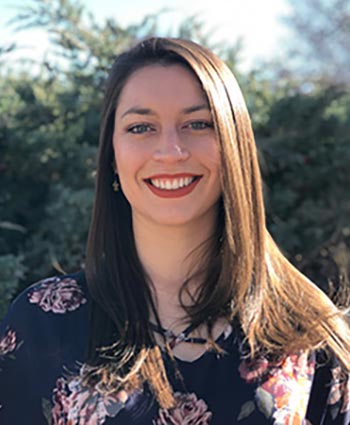
Annalise Maughan holds a joint appointment at NREL and the Colorado School of Mines, where she is an assistant professor of chemistry. Her research focuses on developing a deep understanding of how a material's chemistry and structure can change its properties at the macro scale, with the goal of discovering new materials for renewable energy applications.
Annalise's passion for her work is palpable in her contribution to the ACS series. "I am continually amazed that modifying materials at the level of atoms and bonds can host dramatic changes in macroscopic properties," she said. "My research goals and love for education and mentorship inspired me to pursue an academic career, where I can address exciting questions at the forefront of energy research while encouraging and training the next generation of scientists."
She encourages budding scientists to find and follow their own passions. "To young researchers, my advice is to be fearlessly creative in pursuit of what inspires you most!"
Read Annalise's full contribution here.
Elisa Miller-Link, Spectroscopy and Photoscience Researcher
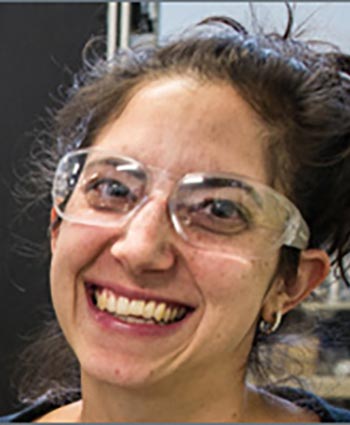
Elisa Miller-Link joined NREL in 2013 as a director's postdoctoral research fellow and, in 2016, became a staff scientist at the laboratory. She studies the surface properties of semiconductors, with an eye toward applications in photovoltaics and water splitting.
Mentorship has been a guiding theme in Elisa's career. In her contribution to the Women Scientists at the Forefront of Energy series, she describes the relationships that spurred her to pursue a career in science—from her high school chemistry teacher, Mr. Vogler, to two influential undergraduate chemistry professors, Amy Mullin and Mort Hoffman.
Elisa is passionate about paying that mentorship forward. "One of my proudest accomplishments continues to be guiding my research group toward fulfilling careers, while working toward common energy goals with passion and urgency," she said. "My advice for young professionals is to surround yourself with people who champion you toward your own goals."
Read Elisa's full contribution here.
Erin Ratcliff, Interfacial and Surface Science Researcher and Associate Professor of Chemical and Environmental Engineering
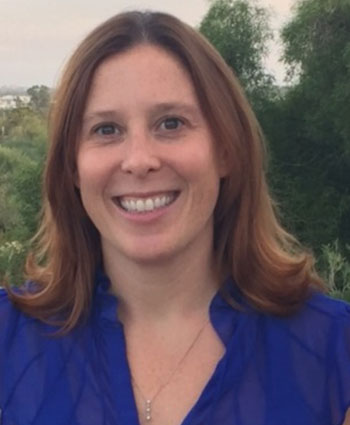
Erin Ratcliff is an associate professor of chemical and environmental engineering at the University of Arizona, and she also holds a joint appointment at NREL. Her work focuses on developing low-cost, printable semiconducting materials for renewable energy applications.
"My favorite aspects of my career have been working on multidisciplinary teams, such as collaborating with staff scientists at the National Renewable Energy Laboratory on complementary spectroscopies, interfacing with industry startups and entrepreneurs to solve manufacturing problems, or partnering in the food–energy–water nexus to develop new ways to train graduate students," Erin said.
Her advice to the next generation of researchers? "Be part of a team!" she said. "For me, it is the collaborations that have and will continue to define my career."
Read Erin's full contribution here.
Laura Schelhas, Group Manager for Hybrid and Nanoscale Chemistry
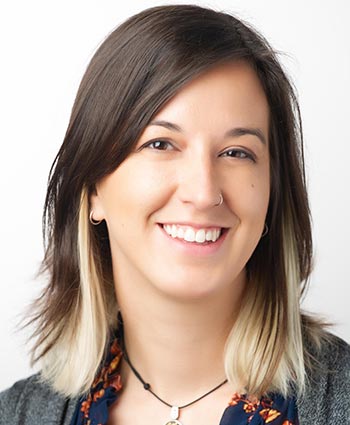
Laura Schelhas joined NREL in 2020 as the group manager for hybrid and nanoscale chemistry. Her research focuses on materials characterization and photovoltaic reliability. Prior to joining the laboratory, she held a position in the Applied Energy Division at SLAC National Accelerator Laboratory.
In her contribution, Laura reflects on a pivotal shift in her approach to her research. "At some point I realized if I was understanding how to make things, it was also important to understand how they break," she said. "My research allows me to ask not only 'why do things break?' but also 'what's the best way to break them?' These concepts and themes have been what's driven me to where I am today."
She also offers a reflection on what it means to pursue a successful career in science. "Some days, I wish I had a great epic story of how I ended up here at NREL researching renewable energy, but my path to this point has had one clear theme: 'Does my work make me smile?'" Laura said. "My advice is to find the joy in your work. If you love what you do, it's easier to push through the hard and frustrating times."
Read Laura's full contribution here.
Adele Tamboli, Materials Physics Researcher
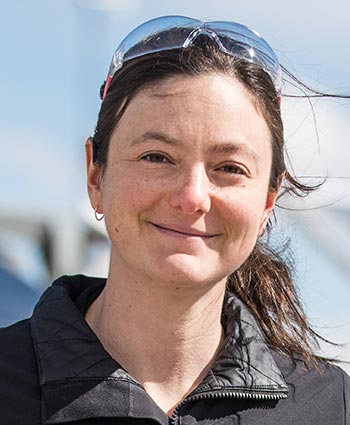
Adele Tamboli holds a joint appointment at NREL and the Colorado School of Mines. Her research encompasses energy-efficient illumination, solar fuels, and the discovery and development of new materials. A significant milestone in her work was when she and her research team sent a tandem solar cell to the international space station in March 2020.
"Scientific research is a tool that can be used to make the world a better (or worse) place, and considering the possible outcomes of my research has been a central driver in my career choices," Adele wrote in her contribution. "At NREL, we consider the energy impact of our work first and then pursue the scientific knowledge needed to realize that impact. Every day, I ask myself how I am making the world a better place."
"What impact might our research have on combatting climate change?" Adele asked. "How are we removing barriers to success in the scientific community and in my workplace? How can we draw out the strengths of our team members and enable them to be the best, most empowered scientists they can be?"
Read Adele's full contribution here.
Emily Warren, Semiconductor Engineering Researcher
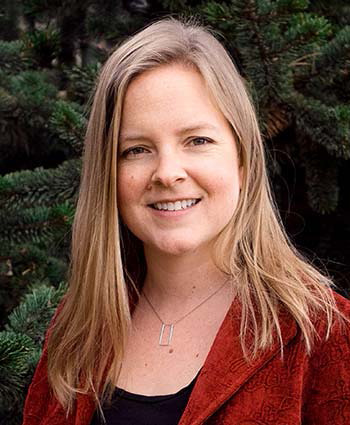
Emily Warren joined NREL full time in 2014 as a postdoctoral researcher and became a staff scientist in the High Efficiency Crystalline Photovoltaics group in 2016. Her work focuses on high-efficiency tandem solar cells and modules, the growth of III-V materials on silicon substrates, and more.
In her contribution, she focuses on the importance of collaboration. "During my Ph.D. and my career at NREL, I have found that the most productive and rewarding research occurs when teams of people with different backgrounds work together," she said. "Siloed academic disciplines are not going to solve the massive challenges in the generation, transmission, and storage of renewable energy that still need cost-effective solutions!"
She encourages young researchers to not be afraid to step outside of their comfort zones. "Research success is built on trying, failing, and then trying again with the new insight gained," she said. "Always approach your colleagues at all levels with a respect and curiosity—you never know who you'll meet that will spark that critical connection to drive energy innovation forward."
Read Emily's full contribution here.
This article has been updated to reflect an editorial change made after its original publication.
Last Updated May 28, 2025
